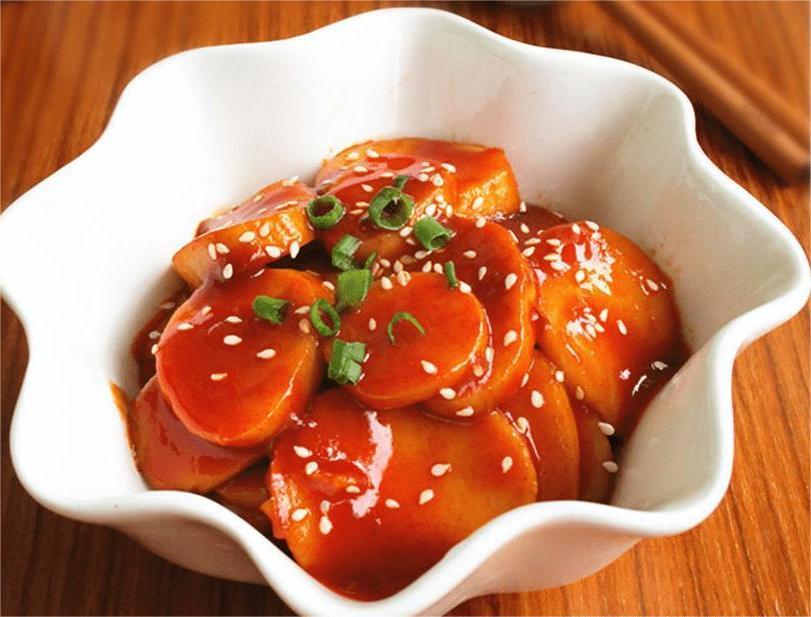

The sweet, rounded character of levulinic acid fits very well with South-East Asian cuisine. In particular, soy sauce flavours benefit from its use. This flavour can be used in finished products such as instant noodles with a very good effect.
Levulinic acid has also been identified in some fish sauces. This is the main ingredient in many Asian dishes. In particular, the distinctive flavour of Vietnamese cuisine depends on the use of fish sauce. Thus flavours like nuoc cham (a dipping sauce) can be enhanced by the use of the biobased flavouring ingredient that includes levulinic acid.
As with sweet flavours, the use of levulinic acid can enhance the sugar profile that is widely appreciated in Asian cuisine. That sweet profile is commonly associated with dishes such as sweet and sour, nasi goreng and barbecue spare ribs, to name just a few examples.

Because levulinic acid has a sweet sugar aroma and a flavour reminiscent of golden syrup or unrefined cane sugar and it is very useful in cola flavours. A cola oil blend emulsified with gum Arabic, kola nut extract and caramel colour to give the final cola flavour.
Levulinic acid plays a part here in rounding out the whole cola flavour profile. This is also brought about by the combination of caramel colour. The oil can also be used in confectionery if diluted in triacetin, for example ‘Kola Kubes’.
Levulinic acid gives a sweet, sugar-like body and aroma that could help with a reduction in sugar in the finished drink. This is especially useful and effective in low-calorie colas. The additional use of other sweetness-enhancing flavour compounds, such as maltol and 2,5-dimethyl-4-hydroxy-3(2H) furanone, can also provide a synergistic effect.
